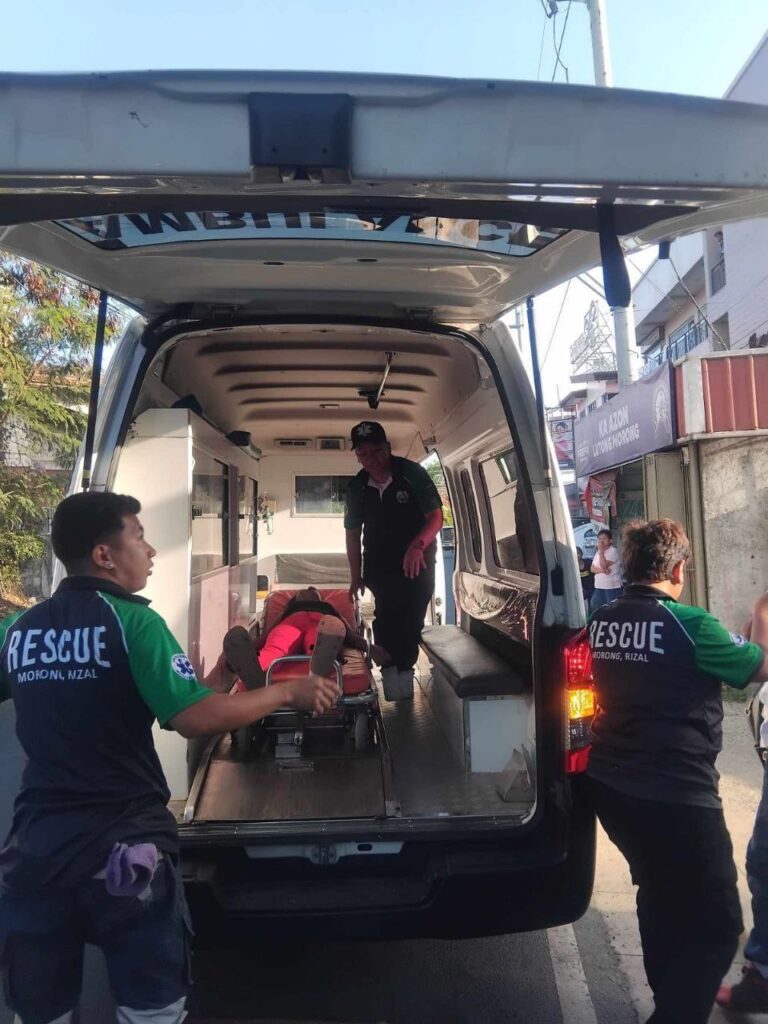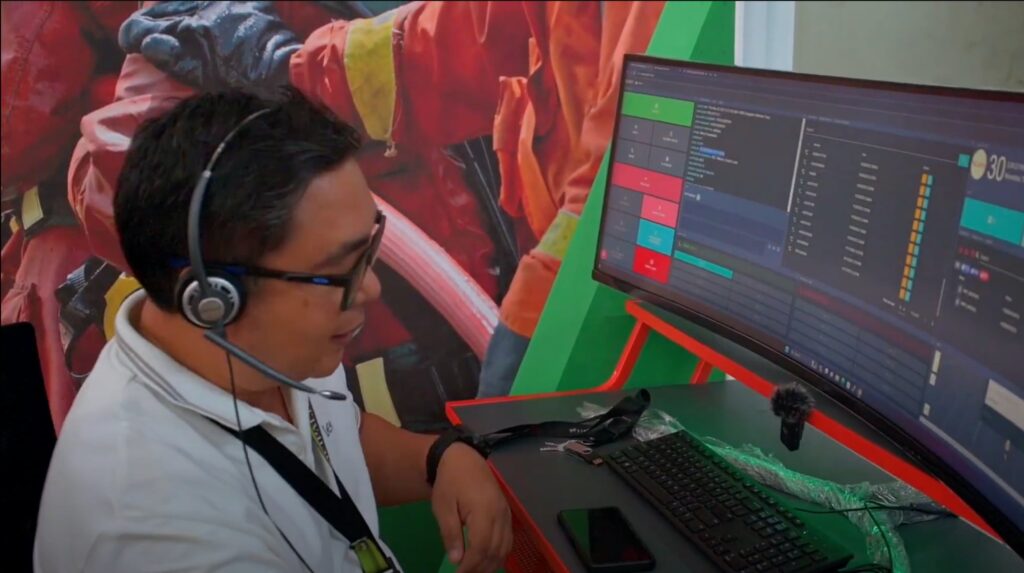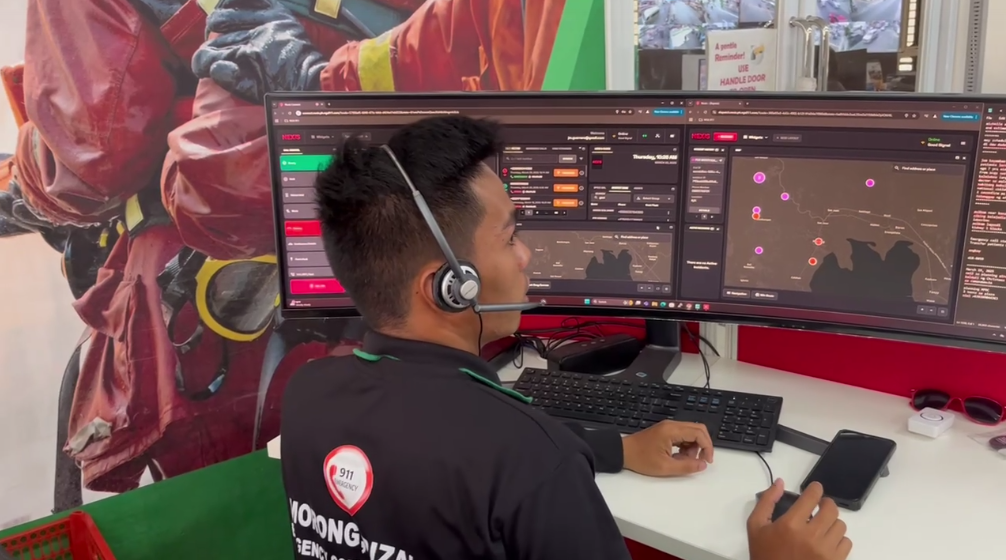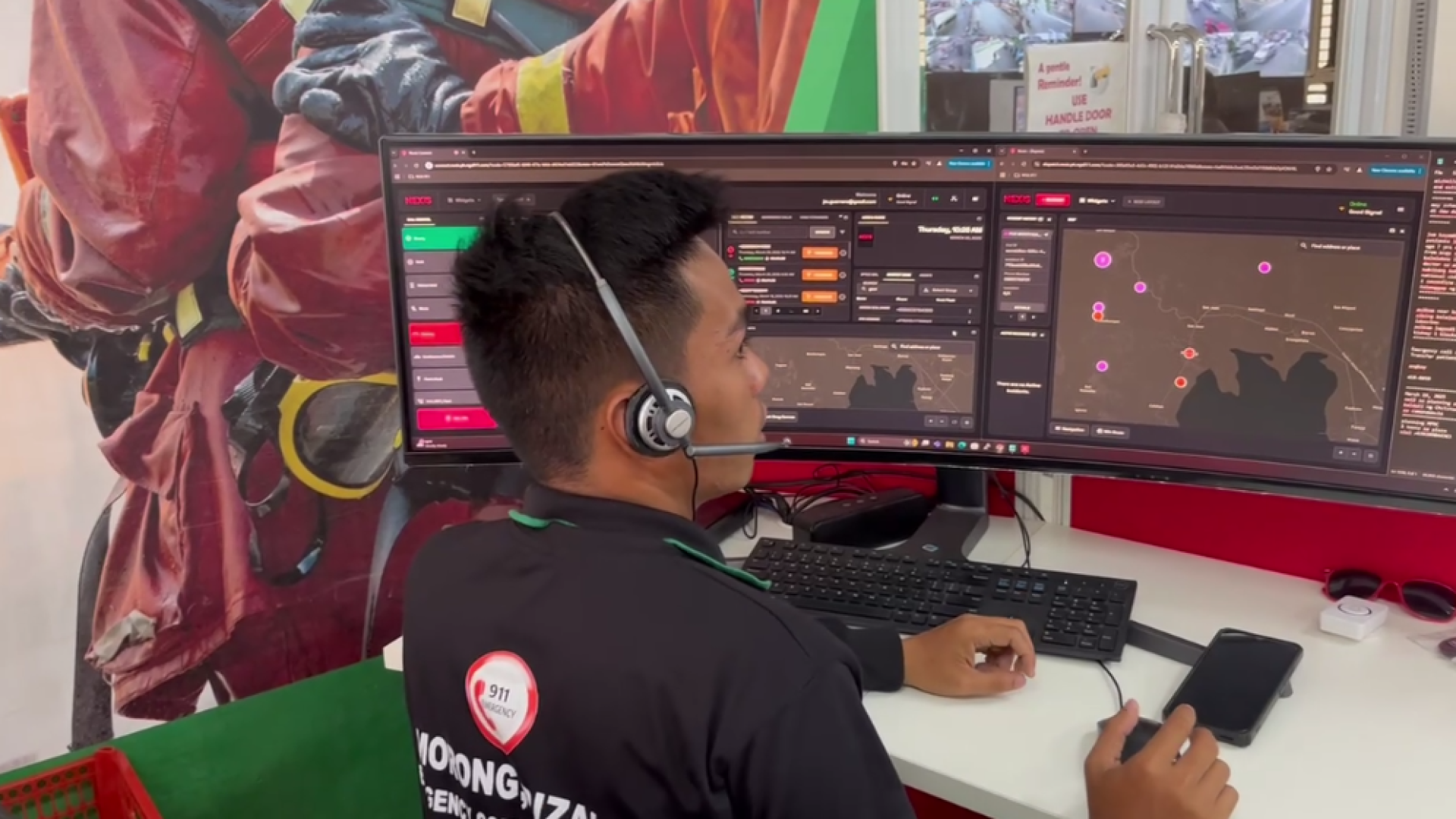When it comes to distress calls received by emergency response centers, vehicular accidents top the list.

Morong, Rizal Risk Reduction and Management (DRRM) Command Center head Jerome L. Mateo said almost 30% of all emergency calls received by their command center are about road accidents and traffic related incidents.
This corroborates Department of Health findings that road accidents are still the leading cause of death and injuries in the Philippines, especially among younger people.
Road traffic deaths have increased by 39% from 2011 (7,938 deaths) to 2021 (11,096 deaths). As both vehicle ownership and usage surge, vehicular crashes also rise. According to the World Health Organization someone dies in a road crash in the Philippines every 15 minutes.

Thanks to the next generation advanced emergency response technology already in place at the Morong command center in Sitio Paglabas, Barangay San Pedro, the command center’s response to emergency calls has dramatically improved, says call handler Roel Gutierrez.
Gutierrez recalls that prior to the activation of their cutting edge emergency response command center, it would take first responders about 30 minutes to one hour to respond. “But because of the next generation advanced 911 technology, we can respond to calls in 3 to 5 minutes and are able to coordinate with multiple parties to make the rescue. We have already saved many lives because of the technology – not only for vehicular accidents, but also for medical emergencies,” Gutierrez said.
He cited an incident where the command center responded to a call from a woman who gave birth on the street. The first responders arrived swiftly and administered the necessary life saving procedures before rushing the patient to the hospital.
The first responders also mentioned a person who had difficulty breathing who placed a call to the center and was surprised at the swiftness of the first responders. In the past their calls needed to be dropped to coordinate with other agencies like the police, or they were relayed back and forth, resulting in the slow processing of emergency calls. This time the caller was surprised that the responders were able to arrive at the location in just 4 minutes.
Grayan Jay Canada, another call handler, recalled an incident when two women who were trapped in their car during a flood called for help. They were not from Morong but they received assistance just the same.

The call handlers praised the system’s ability to pinpoint location and track the call in real-time, especially its conference call capability that lets them connect the emergency caller with medical experts and other concerned parties that can better discuss and assess their condition and situation.
Morong, a second class municipality in Rizal, was the pioneer local government unit in the country that adopted a next generation advanced emergency response system in April 2023 by partnering with NGA 911 Philippines, the local subsidiary of NGA 911 LLC in the US for the technology. NGA 911 is known globally as the innovator of emergency calling technology, and the leader in Next Generation 911 (NG911) emergency communications worldwide.
Other LGUs – Alaminos City in Pangasinan, Cebu City, Cagayan De Oro and Mambajao municipality in Camiguin Island – followed suit in 2024. This April, Bustos, Bulacan and Navotas City will be added to the growing list of LGUs that have the next generation advanced emergency response technology used in the US and Europe. Tagbilaran City in Bohol is also scheduled to have its own world-class emergency response system in 2025.
The Department of Interior and Local Government sounded the call for a unified nationwide 911 emergency response system in 2024, emphasizing to all LGUs the need for a unified, cutting edge mechanism in place to improve disaster preparedness and response.
The unified system that utilizes modern technology similar to the system established in the US will ensure swift and accurate responses to emergencies across the country and will overcome the challenges posed by the current fragmented emergency response systems, spam overload and the country’s characteristic geographic features.
A revitalized 911 initiative was immediately implemented by the PNP in August 2024 led by Executive Director Francis Fajardo of the E911 national office. Last Feb. 7, 2025, during the 7th General Assembly of the League of provinces of the Philippines, DILG Secretary Juanito “Jonvic” Remulla called on local chief executives to extend full support to the country’s implementation of the 911 system for a faster, more efficient response to emergencies.




